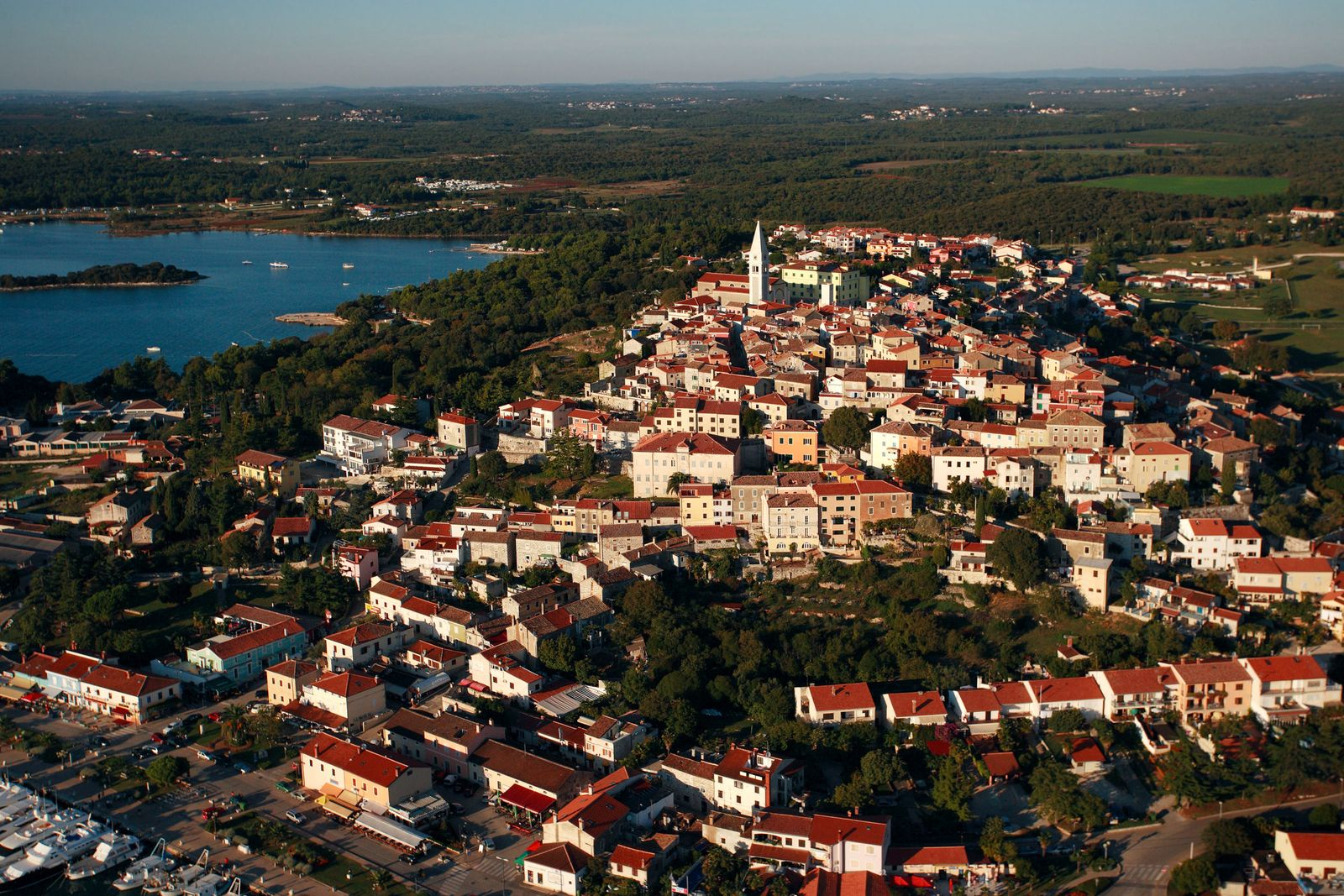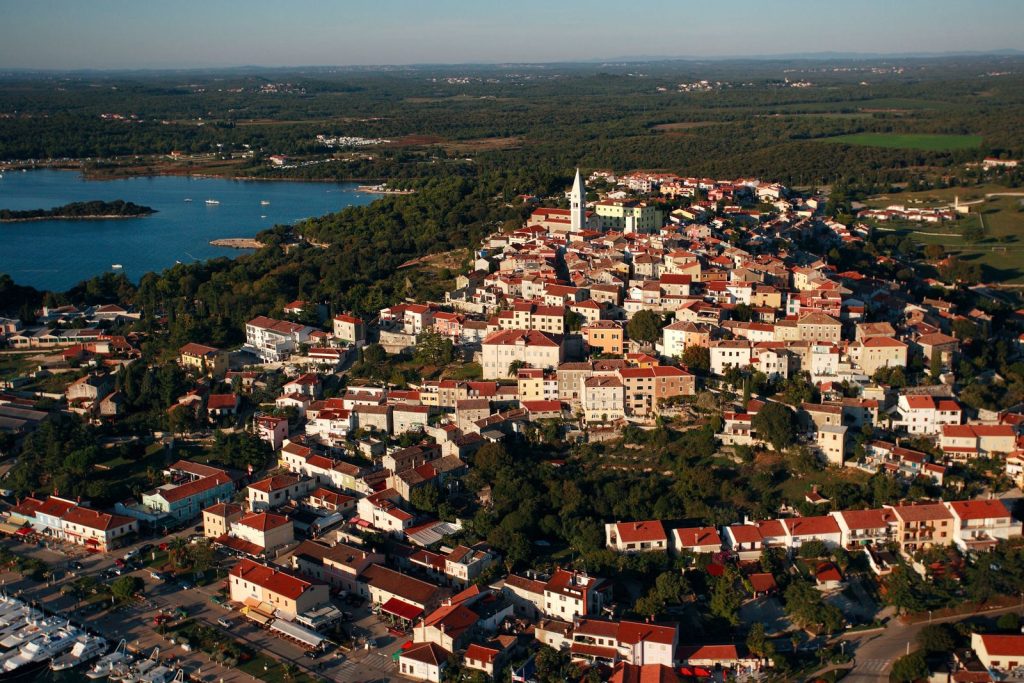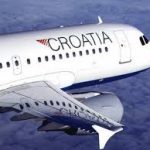
Of the total number of overnight stays this weekend, domestic tourists accounted for 23 percent, and the rest were foreigners, mostly Germans. In this incredibly difficult period for Croatian tourism, it’s hard to predict what might come next in the country that was handling the coronavirus pandemic so well until the recent Adria Tour debacle in Zadar.
As Marija Crnjak/Poslovni Dnevnik writes on the 24th of June, 2020, the Republic of Croatia has been experiencing the strongest demand on the Mediterranean thanks to its favourable epidemiological picture, but with Greece and Spain planning to start returning to the tourist map at the beginning of July, for which there is interest from the market that Croatia is counting on, it’s hard to say what the situation will be over the next two, crucial tourist months.
In addition to all of the above, the question we now have to ask is what this past long weekend would have been like if it hadn’t been preceded by the aforementioned tennis tournament in Zadar, which brought enormously bad publicity to the country and the Croatian tourism strategy due to the spread of the infection following a couple of weeks or so of peace from the virus. It also shouldn’t be overlooked that Spain still has more than 68,000 active cases of coronavirus infection, and is counting on opening up tourism in spite of that.
As reported by the Croatian National Tourist Board (HTZ) on Tuesday, according to the first results of the eVisitor system, 185,389 arrivals and 842,659 overnight stays were realised in Croatia from the 19th to the 22nd of June, and an average of around 210,000 tourists stayed in Croatia daily.
They mostly stayed in commercial accommodation, ”weekenders” were responsible for about 11,000 arrivals and about 163,000 overnight stays. Additionally, during the weekend from June the 16th to the 21st, toll fees of 23.37 million kuna were collected on the motorways under the jurisdiction of the Croatian Motorways (HAC) and the Rijeka-Zagreb Motorway, which is 32 percent less than in the comparable weekend last year, as reported b HAC.
There were 486,614 vehicles on the aforementioned motorways, marking a 22 percent decrease when compared to last year. To illustrate that, back in 2018 during the long weekend from June the 21st to the 25th, 2.9 million tourist overnight stays and 621,000 tourist arrivals were realised.
“We’ve entered the main part of the tourist year, Croatia is among the few Mediterranean countries in which tourist traffic is currently being realised and we should be proud of that fact. The defense system against the coronavirus throughout the country has been set at a high level. We respect the efforts and recommendations of the competent professionals. The conditions have been provided for a safe tourist summer, and day by day we’re going to record an increasing influx of guests, and it’s up to all of us, residents and tourists, to act responsibly and adhere to all of the prescribed epidemiological measures,” said the director of the Croatian Tourist Board, Kristjan Stanicic, adding that promotional activities aimed at the domestic market will begin in just a few days.
842.6 thousand overnight stays in Croatia were realised from the 19th to the 22nd of June. There were 2.9 million of them at that time last year.
Of the total number of overnight stays recorded this past weekend, domestic tourists realised 23 percent, and the rest were foreigners, of which most overnight stays were realised by tourists from Germany (holding a 24 percent share in total overnight stays), along with Slovenes, Austrians and Czechs.
The highest number of overnight stays was recorded in Istria County (31 percent), followed by Primorje-Gorski Kotar County (24 percent) and Zadar County (17 percent), while looking at destinations, most overnight stays were recorded in Rovinj, Vir, Medulin, Mali Losinj and Porec.
Most overnight stays were realised in private accommodation, making up almost a third of them all, camps enjoyed slightly more than a quarter of the traffic, and the smallest share in overnight stays, of a mere thirteen percent, was realised by hotels. As stated, Greece and Spain are preparing to receive tourists in July, and the German TUI has already taken the first groups of German tourists to Mallorca, their favourite destination, as part of a pilot project to start a hotel business.
Ivor Vucelic, the head of TUI’s hotel segment for the Central and Eastern Mediterranean and North Africa, told Jutarnji list that TUI is in a phase where there are more booking delays for next summer, and Croatia is not exempt from this trend. Of the new bookings, which are still extremely minimal, most are still for stays in Greece and Spain. What this means for Croatian tourism is yet to unfold.
Although the British Government still doesn’t recommend its citizens to travel abroad except in case of emergency, the British TUI announced these days that it is ready to launch flights from the United Kingdom, to Greece, the Balearics and the Canary Islands, from the 11th of July. If sentiments change in the Government, and they expect them to, they’re ready to fly to a small number of resorts by the end of July, and increase that number in August and September.
For more on Croatian tourism in the coronavirus era, follow our travel page.









